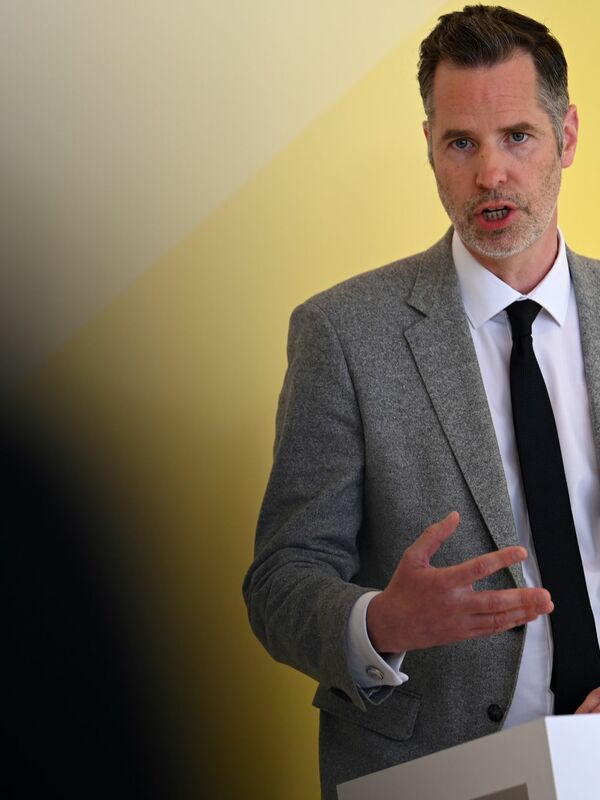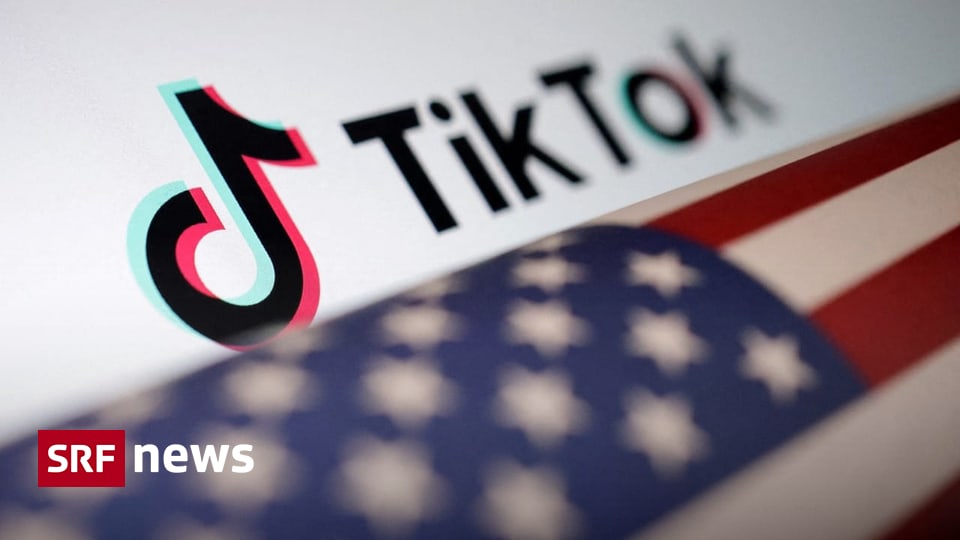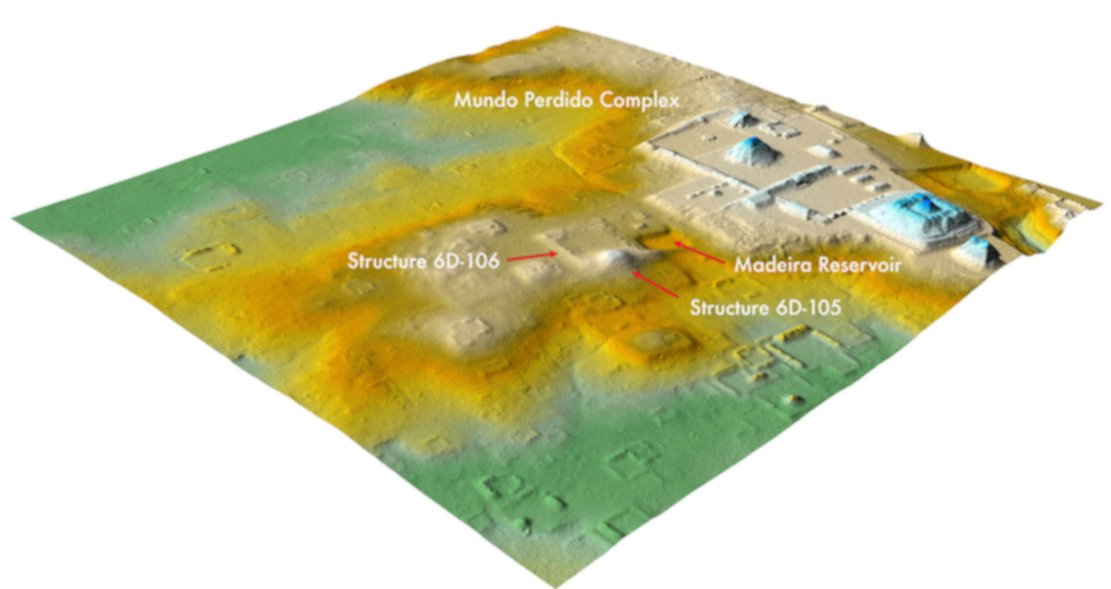Mysterious Building Structures Looming: An archaeologist’s report on a building complex in the Mayan city of Tikal, which was apparently modeled after a model from the distant imperial city of Teotihuacan. The facility may have acted as a foreign agency — but it could also have shed light on the foreign power’s dominance of Tikal, says the scientist.
Until about 1,000 years ago, their culture shaped large parts of Mesoamerica: the ruins of huge settlement structures testify to the mysterious Mayan civilization. Tikal in Guatemala is one of the most famous and most researched cities. Scientists have conducted extensive studies there since the 1950s. But there is still something exciting to discover in the Mayan city, as it has repeatedly appeared in recent years. Above all, a new technology has provided new insights into the city’s past structures: Researchers from the “Pacunam Lidar Initiative” are searching the area using laser technology. In so-called “light detection and ranging” (LIDAR), landscape terrain is scanned by aircraft using a laser beam. By analyzing the data, the hard-to-recognise archaeological structures can then be shown at the site.
The hidden becomes visible
Archaeologist Stephen Houston of Brown University in Providence, who was involved in the research, is now reporting on special finds at Tikal made using LIDAR in recent years, as well as subsequent archaeological finds. Accordingly, it turns out that an amazing building complex was located in an area near the former center of Tikal: its features were similar to known building structures from Teotihuacan, about 1000 km away, the largest and most powerful city in America at the time. “What we thought were natural mounds that turned out to have been apparently adapted to the citadel at Teotihuacan – the area that might represent the Imperial Palace there,” Houston says. As he explains, these clues now shed new light on the links between Tikal and Teotihuacan.
These were very different cities from the time of the first millennium AD, Houston asserts: Tikal was a fascinating and important city-state for Mayan culture, but modest compared to Teotihuacan: the city near today’s Mexico City was the center of the empire. Although this culture remains mysterious, it is clear that it had a far-reaching influence and power. It is already known that Teotihuacan has been linked to Tikal for centuries through trade and cultural exchange. But that’s not all: there is evidence from around AD 378 that the Teotihuacan Empire conquered Tikal.
Over foreign representation?
However, the newly discovered complex is estimated to be around 1,800 years old and thus came from an earlier time. From this it appears that the imperial power in Mexico today did more than just trade with and culturally influenced Tikal prior to its conquest. “It appears that the architectural complex that we discovered was built for the Teotihuacan people or for those who were under their control,” Houston says. It might have been something like an embassy complex, but it could also be used for crew or observation. It shows at least an attempt to transplant part of a map of a foreign city into Tikal,” summarizes Houston.
Archaeological discoveries that followed Lidar’s investigations confirmed this: some buildings were built with mud plaster instead of the traditional Mayan limestone. The structures were designed as smaller replicas of the buildings of the Teotihuacan Castle, right down to the intricate cornices and terraces and the given east-north orientation of 15.5° for the complex’s platforms. “It almost indicates that local builders were instructed to use a completely alien building technique in building this sprawling complex,” Houston says. According to him, other archaeological evidence related to the building complex also indicates a somewhat lower diplomatic function. “We have previously seen evidence of mutual interaction between the two civilizations, but it seems that we are dealing here with strangers who behaved aggressively,” the archaeologist said.
But many questions about the relationship between Teotihuacan and Tikal remain unanswered. Houston and his colleagues hope that the fossils and other analyzes now planned will provide more insights. As Houston says, it can be of paramount importance: “Even before European colonization of America, there were great powers interacting with smaller civilizations. Exploring the influence of Teotihuacan on Mesoamerica can be a way to explore the basic patterns of colonization.”
those: Brown University

“Alcohol buff. Troublemaker. Introvert. Student. Social media lover. Web ninja. Bacon fan. Reader.”





More Stories
Up to 100 pilot whales stranded in Western Australia – Science
Huge radiation explosion from a magnetar – forschung.de
Principles and features of the folk nutritional principle